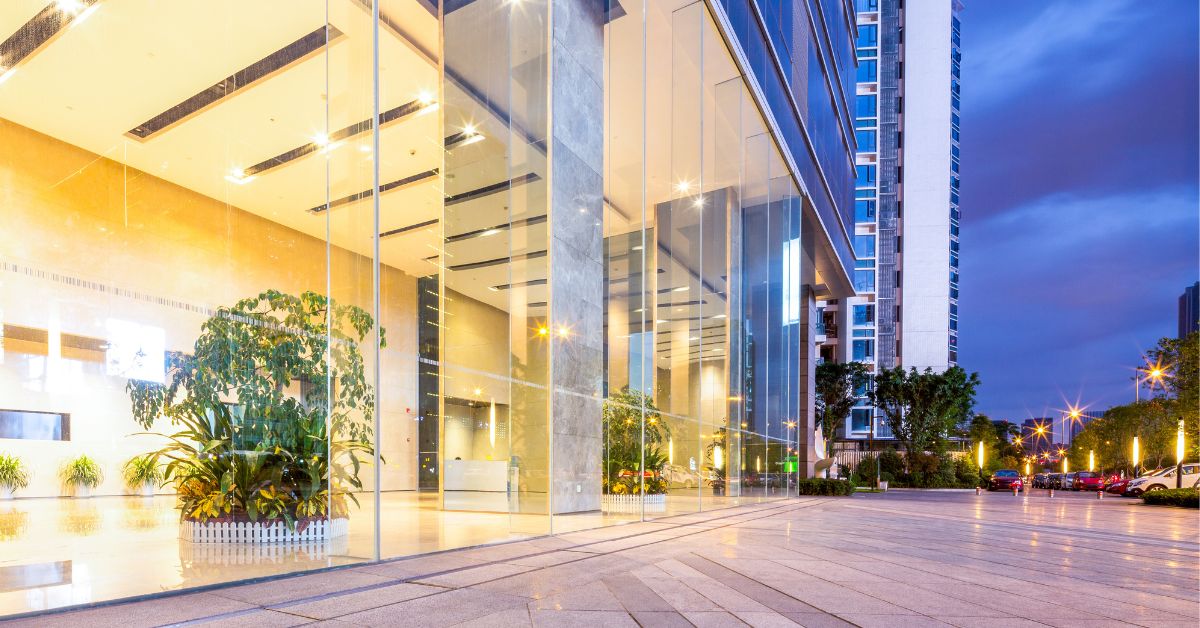Ways To Maintain a Sustainable Commercial Building

Embracing sustainability is no longer just a trend; it’s a necessity for businesses and commercial building owners to remain competitive and responsible in today’s environmentally conscious world. Implementing eco-friendly practices within commercial buildings reduces their carbon footprint and enhances their appeal to potential tenants and clients. Read on and learn the four simple ways to maintain a sustainable commercial building.
Invest In Green Energy Sources
Renewable energy options, such as solar panels, wind turbines, and geothermal systems, reduce a building’s carbon footprint and contribute to significant long-term cost savings. By integrating these clean energy alternatives into the building’s design and daily operations, property owners can demonstrate their commitment to environmental responsibility while enjoying the financial benefits of lower utility bills.
Additionally, taking advantage of government incentives and tax credits for adopting renewable energy offsets initial installation costs and makes transitioning to green energy sources economically viable for commercial buildings and businesses of any size!
Maintain Sustainable Landscaping
Sustainable landscaping plays a crucial role in enhancing the eco-friendly nature of commercial buildings. By incorporating native and drought-tolerant plant species, property owners can reduce water consumption and promote local biodiversity. Consider implementing xeriscaping techniques, which minimize the need for irrigation and maintenance by utilizing plants adapted to the region’s climate and soil conditions.
Incorporating permeable paving materials for walkways and parking lots can also prevent excess stormwater runoff and reduce the strain on local sewer systems. Green roofs and living walls offer further opportunities to improve air quality and building insulation while creating visually appealing spaces that contribute to the well-being of both occupants and the surrounding environment.
Implement Robust Waste Reduction and Recycling Programs
Effective waste management is essential for maintaining a sustainable commercial building. Instituting robust waste reduction and recycling programs can minimize the environmental impact of daily operations while fostering a culture of sustainability among occupants. Start by conducting a waste audit to identify the types and amounts of waste generated within the building. Based on this information, develop targeted strategies to reduce waste at its source, such as implementing duplex printing policies, encouraging reusable containers, and promoting paperless communication.
Establish easily accessible recycling stations for waste streams, including paper, plastics, metals, glass, and electronics, to facilitate proper disposal and recycling. Additionally, consider partnering with local waste management services to prioritize environmentally responsible practices, such as composting organic waste or converting waste into renewable energy.
Prevent Water Contamination Complications
Safeguarding water quality remains crucial to maintaining a sustainable commercial building and protecting the health of occupants and the surrounding ecosystem. Regular backflow preventer maintenance is essential, as a faulty preventer can lead to the contamination of potable water supplies due to the reversal of water flow.
Water contamination directly affects not only the building’s inhabitants but also local communities and ecosystems that rely on clean water sources. Scheduling routine inspections and servicing of backflow preventers ensures the proper functioning of these devices, ultimately contributing to the conservation of vital water resources and the overall sustainability of their commercial buildings.
Maintaining a sustainable commercial building involves a combination of strategic planning, proactive management, and the adoption of eco-friendly practices. By focusing on energy efficiency, water conservation, waste management, and backflow preventer maintenance, property owners can significantly reduce their building’s environmental impact while simultaneously improving its performance and marketability.





